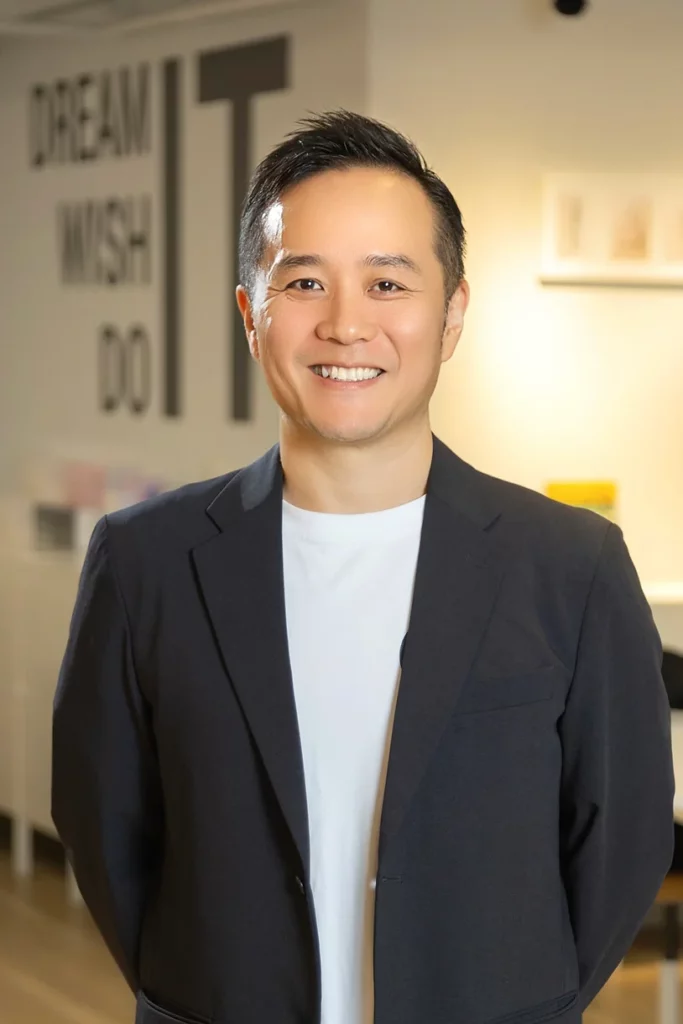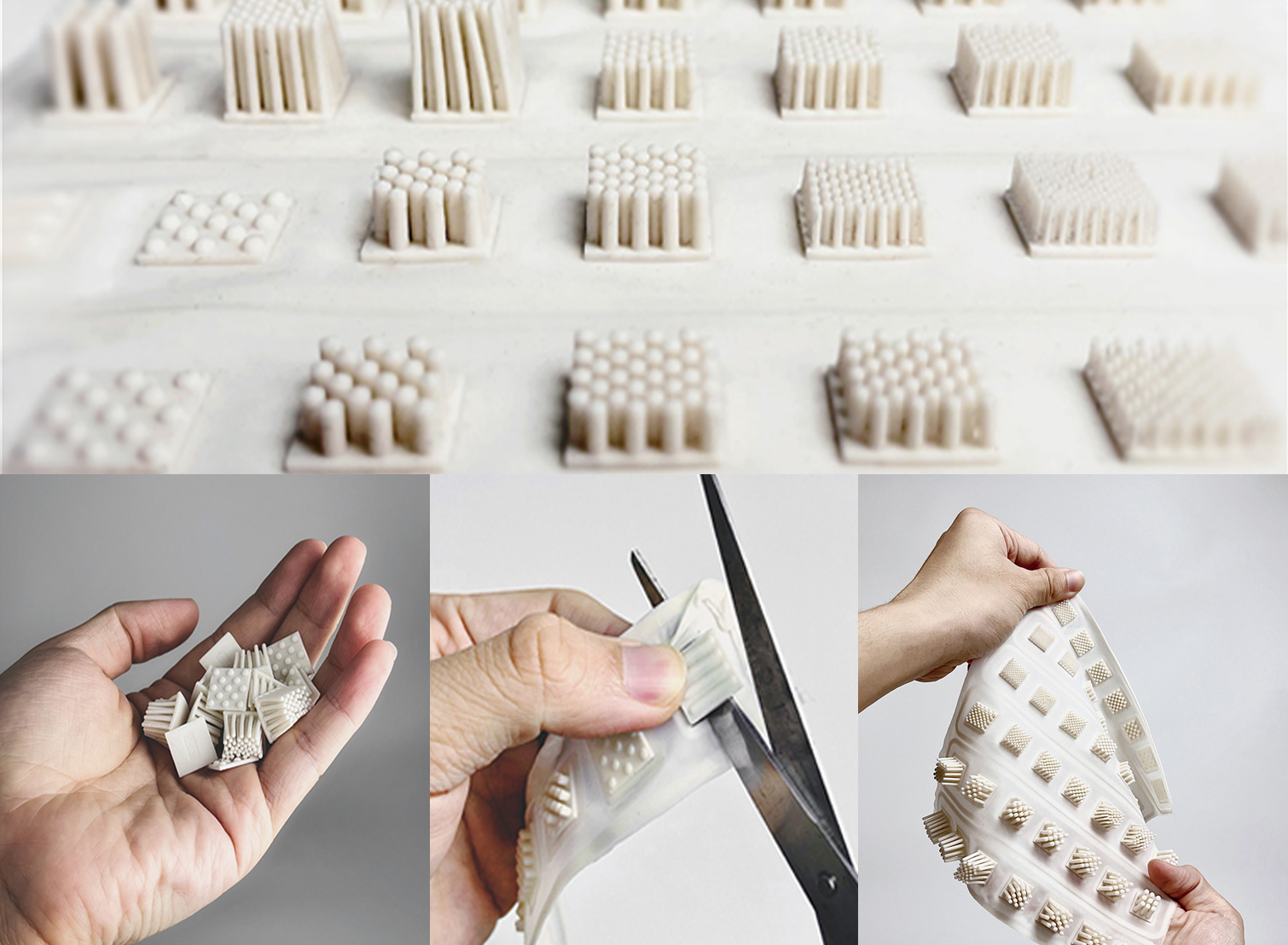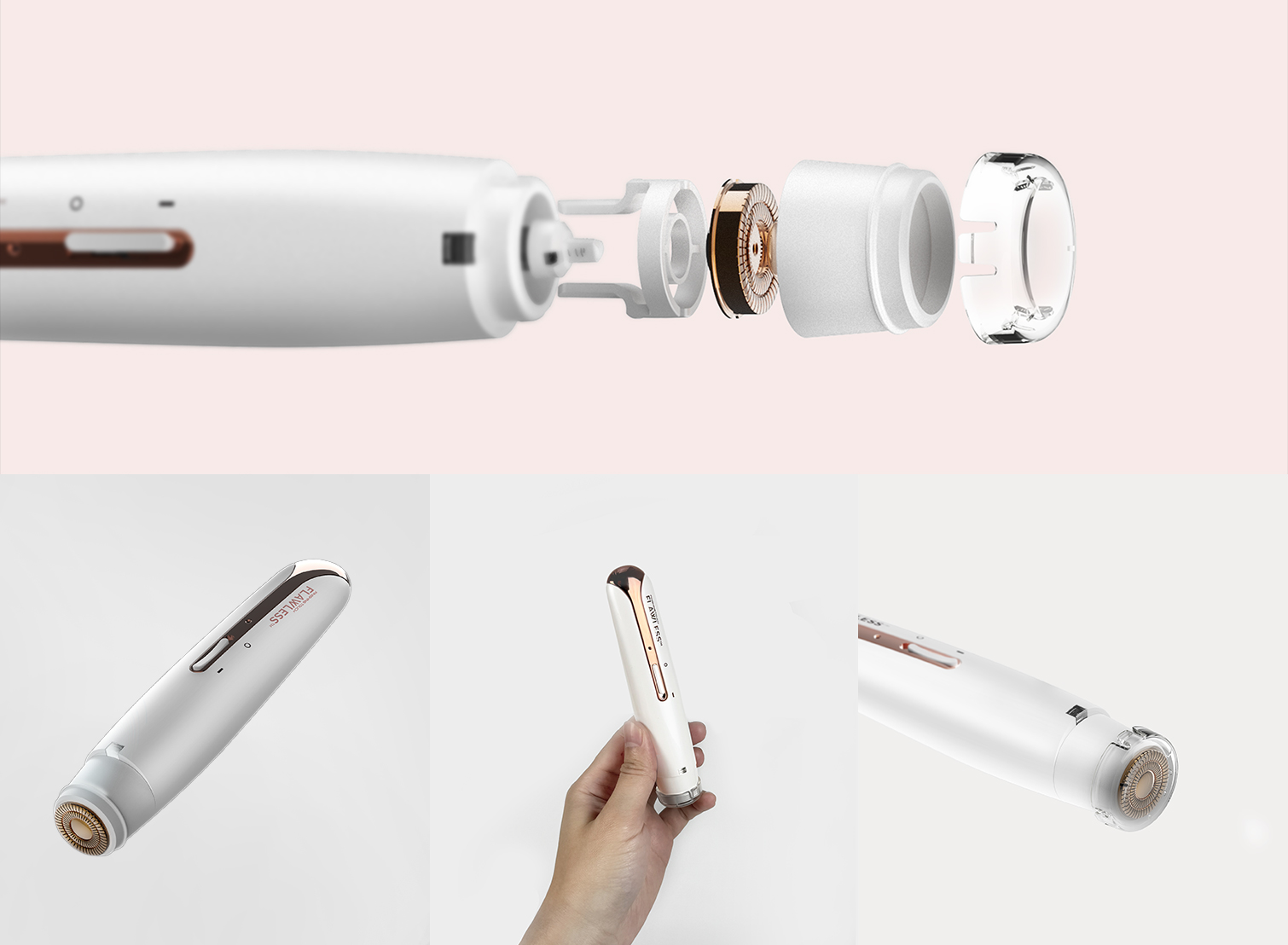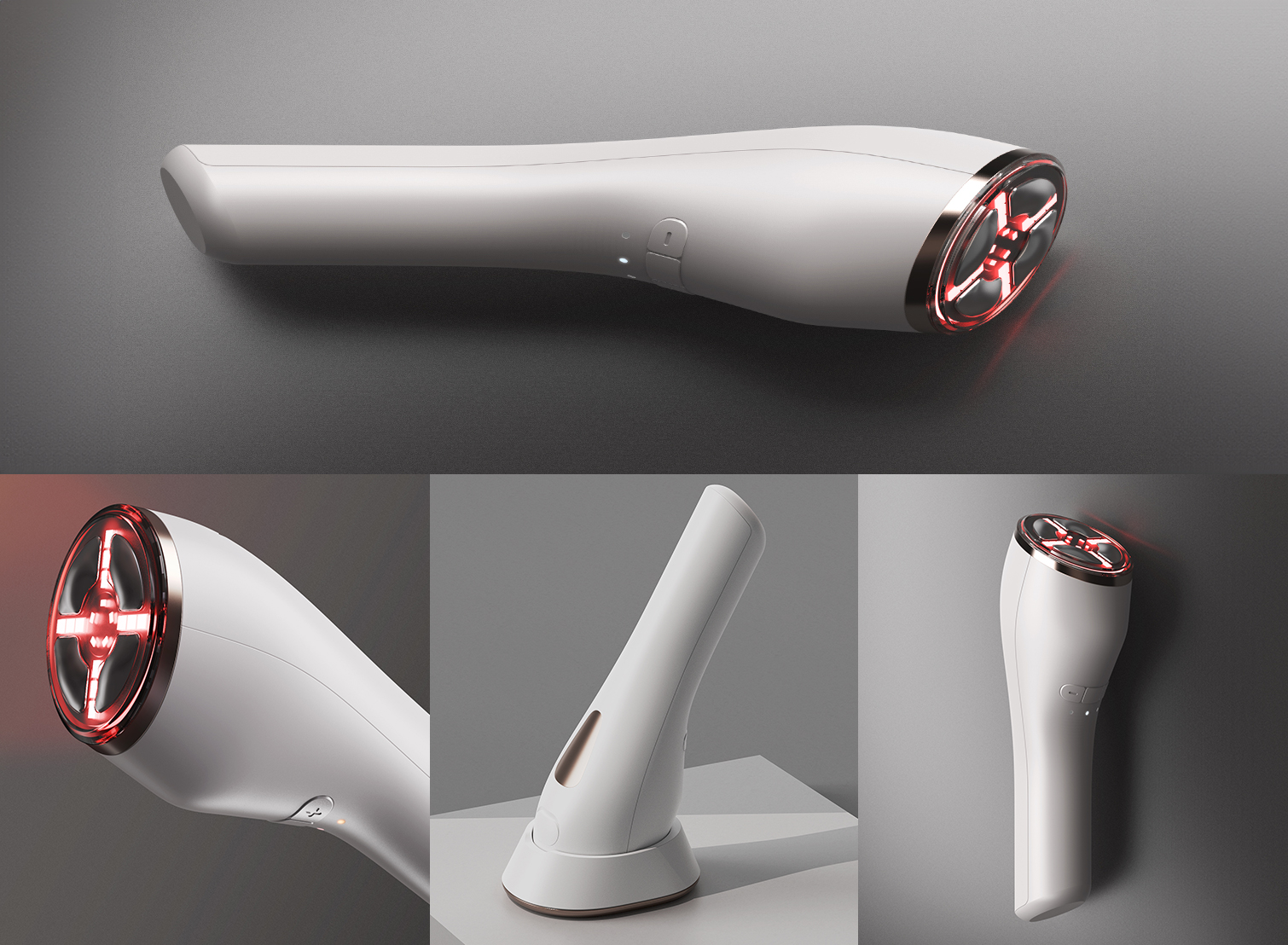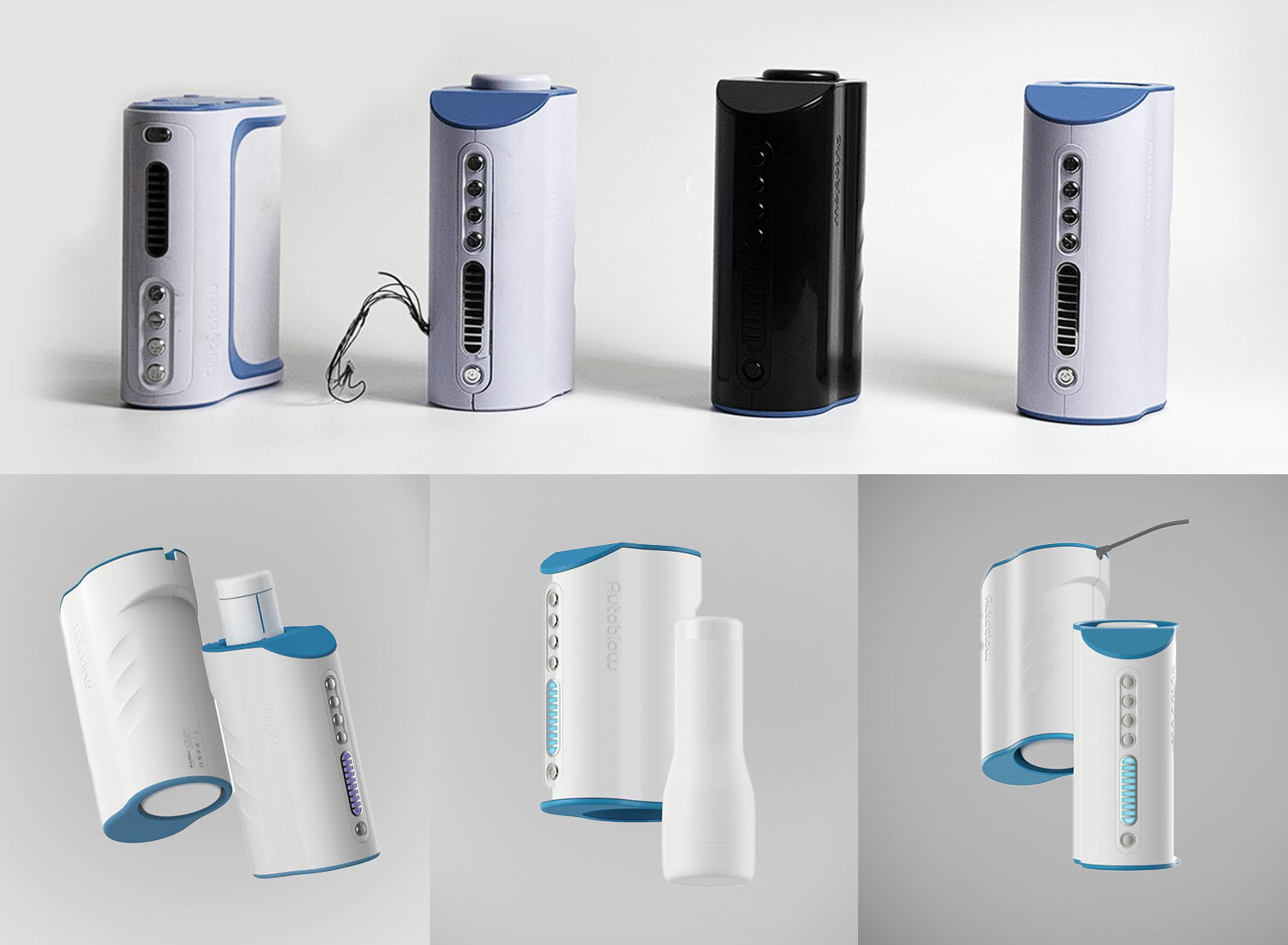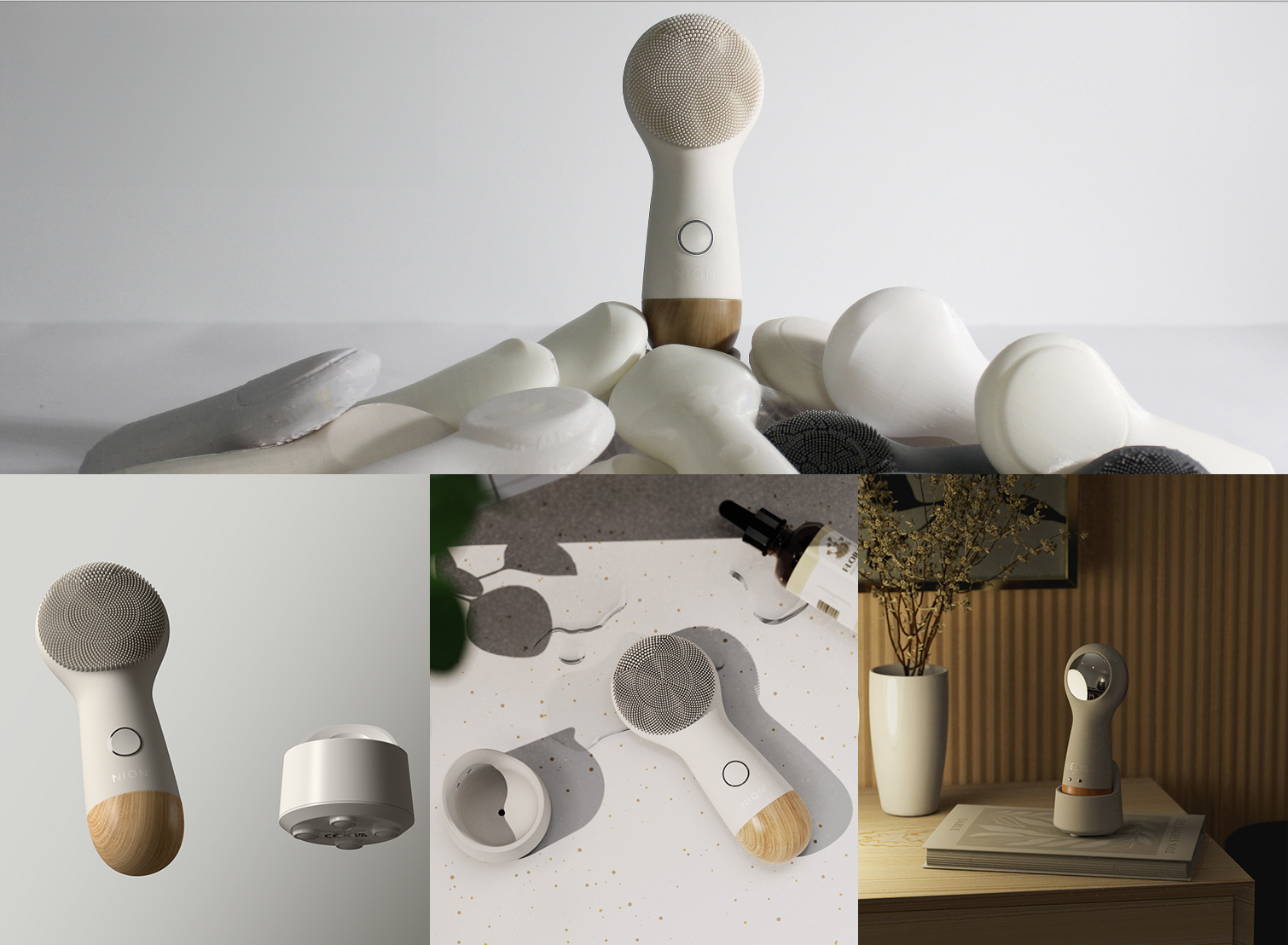Bringing a new product to market is one of the most difficult tasks for inventors, entrepreneurs and business owners. It takes multiple steps to test, validate, modify, design, package, and prepare a product that consumers will find acceptable. It’s also the reason why so many great ideas get lost in limbo somewhere between concept and reality. That’s where Kenny Tai and Gizmospring come into play.
Kenny Tai is the type of CEO who’s lived half a dozen lives, worked every conceivable job, and taken more risks than most people in their right mind probably should. He also understands the struggle that inventors, entrepreneurs, and businesses go through on a regular basis. In a recent interview, Kenny shared with us his journey which led him to start the industrial design and manufacturing company Gizmospring as well as the lessons he learned along the way in the field of product design and manufacturing.
“What was it like growing up as a Taiwanese immigrant in the United States?”
“It was tough. My mom and I moved to Seattle when I was eight and I remember that we worked a lot to earn our keep. I got my first job delivering newspapers at the age of 11 and a few years later moved on to painting houses and laying down vinyl flooring. I was always on my toes, but it taught me a lot about being independent and self-sufficient. Going into adulthood, I continued picking up jobs wherever I could: selling mobile phones, stocking shelves, bartending, and even cleaning animal cages. Finally, I landed on a great gig selling carpeting and loved it. I learned a lot about branding, design, and blueprint reading. I even helped create the company’s new logo and yellow pages ad. It made me feel like my own boss.”
How did you come to start Gizmospring?
“I was working a bartending job in downtown Seattle with a buddy and we got on the topic of starting our own business. It was fun entertaining ideas, but as we got more and more in depth it became very real. We both liked the idea of manufacturing and private labeling original products and selling them to customers. After a bit of research, we contacted a manufacturer, pulled our resources together, and started a distribution company.
I wish I could say that was the end of the story, but we quickly realized that manufacturing is a brutal industry. The first successful product idea we had was a bust. We were told that we didn’t have exclusive rights to the product and later found out that the manufacturer just didn’t want to work with a 26 year old. On top of that, they ended up signing an exclusivity agreement for our product with another company. It was a disaster. Long story short, there was a big legal battle over the patent and we won. Afterwards, things really started to take off. We were shipping like 5-6 Million units a year and had over 100 workers in production. We wanted to continue innovating beyond standard products and reduce the supply chain, so we set up our own design company in China near where our manufacturer was located to streamline the whole process. By combining the design and manufacturing, we were able to provide a total solution for inventors and startups looking to create and market products at an affordable cost.”
What’s unique about Gizmospring?
“We want to help businesses achieve their goals, establish their brand, and design more competitive products. A lot of people, myself included, can’t design worth s**t. The most we can do is scribble something down on a napkin or sheet of paper, but that’s what Gizmo(spring) is for. We help to provide proof of concept by studying and evaluating the viability of an idea. Gizmo refines and adds to ideas, making them more attractive and desirable in the market. Beyond just that though, we take care of engineering and prototyping, logos, branding, and packaging. It’s total creation and refinement so companies and entrepreneurs can take their business to the next level.”
What are some core values that separate Gizmospring from other product designers?
“I won’t name names, but most agencies just want to provide a design for a premium. They won’t care if your product is actually doing well in the market. Gizmospring is a very different business model. As an all-in-one designer and manufacturer, we want to establish a solid relationship with our clients and see their product going to production and becoming successful. When we help our clients make real, tangible products that people want, it’s an incredibly rewarding experience.”
What are some of the biggest challenges you experience as a product designer?
“Initially, our biggest issue was the supply chain. We have our own R&D department, but sometimes we need the assistance of an external supplier to expand our capabilities beyond our particular skill set.
Customers come to us with their ideas and we can’t always guarantee they will take off, but it’s still our duty to make multiple prototypes that go through a trial and error process. Most manufacturers don’t want to invest this amount of time or resources because they’re superficial. If you’re not giving them tons of business, they won’t want to work with you. This leaves no room for aspiring inventors and startups looking to test their ideas. Working with clients of all sizes has gotten easier over the years, but it was rough in the beginning. Nowadays, we can meet our customers at whatever stage they’re at and assist them from there. It doesn’t matter if they’re an individual like an inventor or an entrepreneur or a multinational organization.”
What have you learned from working in the field of manufacturing?
“A common trend with a lot of overseas manufacturers is an overall lack of honesty and confidentiality. Take my previous experience as a testimony to that. It’s easy for manufacturers to lie about the quality of the product, stage of production, or commitment they have to their partners. Find a manufacturer that can be direct and honest, even when it doesn’t benefit them. This way, there’s no surprises further down the road.”
What do you read and how do you consume information to stay at the top of your game?
“I’ll be honest with you, I’m not the biggest reader. I do enjoy reading books on management because it helps me become a better leader, but I’ve always been much more hands-on in school and in life. Take me to an exhibition or conference and I’ll absorb information like a sponge. I love learning about new gadgets and thinking about ways to make them better. It’s very difficult for me to walk by a store like Brookstone or Sharper Image without popping in for a few minutes.”
What advice do you have for businesses or inventors who want to bring their ideas to market?
“Find a reliable partner who will help you manufacture and develop a product. Many people have a terrible time looking for factories, so you gotta kiss a lot of frogs. A lot of companies will overpromise and underdeliver and it will all be at your expense. There can be design flaws, quality issues, and so on. This can make or break your business. Find someone reliable and trustworthy with an extensive background and common values. In China, for example, you’re going to encounter a lot of “yes, yes, yes, no problem”, so you gotta be sure to filter these people as much as possible. This will save you a lot of grief. Be sure to check a company’s history and their customers. Most importantly, trust your gut.”
Do you often speak with other CEOs? If so, who?
“So I’m part of a group called The Young Presidents Organization (YPO), where I’ve been lucky enough to meet several incredible industry leaders. We work together exchanging ideas and providing guidance through events and networking. It’s been a great experience because being a CEO can sometimes feel lonely and isolating. YPO has proven to be an excellent resource.”
What’s your vision for the company in the upcoming years?
“My aggressive plan is to double our size in three years, and it seems that we’re on track to do just that. Gizmospring is all about leaping forward and pursuing innovation. In a few years time, we will have enough of a foothold in the market to grow and begin creating products of our own. We are still working on perfecting our supply chain, but I want to improve our go to market strategy. This includes multiple channels to sell our products and work with other companies. We will become the destination for the newest, most innovative products.”

